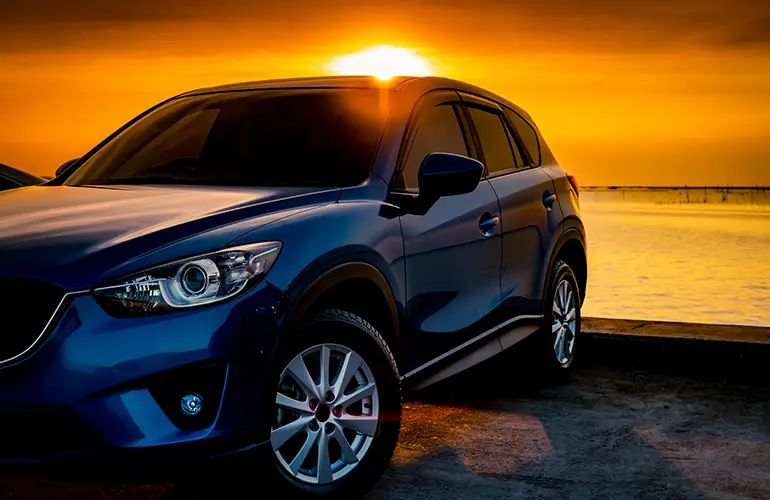August 29, 2024

When selecting window tint for your vehicle, understanding the differences between dyed and ceramic tint is essential. Both serve the primary purpose of reducing heat and glare while enhancing privacy, but they differ significantly in terms of performance, durability, and cost.
Dyed window tint is the most basic and affordable option. It consists of a layer of dye between an adhesive layer and a protective outer layer. The dye absorbs solar heat and reduces the amount of light that passes through the windows. This type of tint effectively reduces glare and provides privacy by making it harder to see inside the vehicle. However, dyed tint offers minimal heat reduction compared to other types of tint.
Ceramic window tint, on the other hand, is a more advanced and premium option. It is made from ceramic particles that are non-conductive and non-metallic. This type of tint excels at blocking both UV rays and infrared light, which is responsible for much of the heat that builds up inside a car. Ceramic tint offers superior heat rejection without darkening the windows too much, maintaining excellent visibility and clarity. Additionally, ceramic tint does not interfere with electronic signals, such as GPS or mobile phone reception, which can be a concern with some other types of tint.
In summary, while dyed tint is more affordable and offers basic protection, ceramic tint provides superior heat rejection, durability, and overall performance, making it a better long-term investment for vehicle owners.